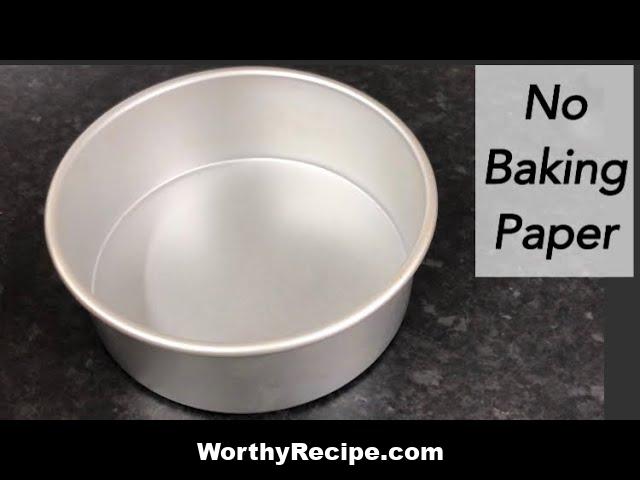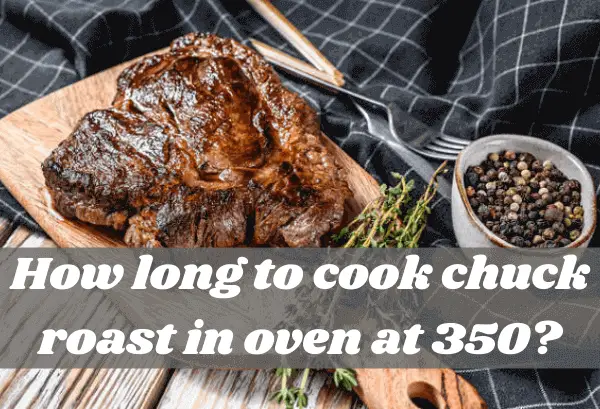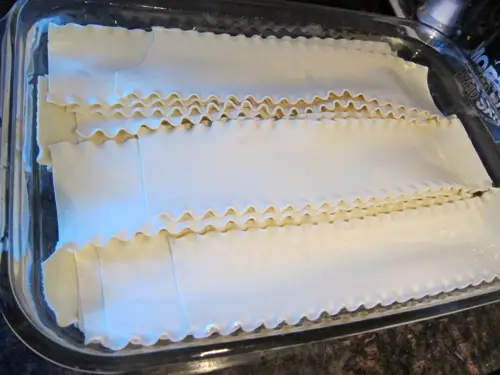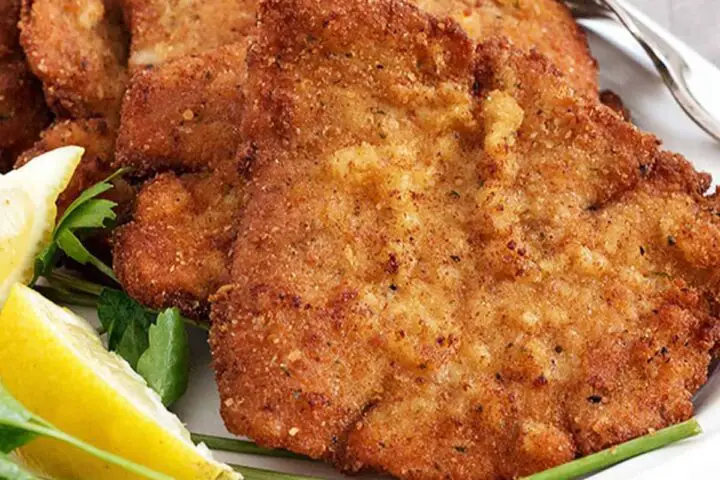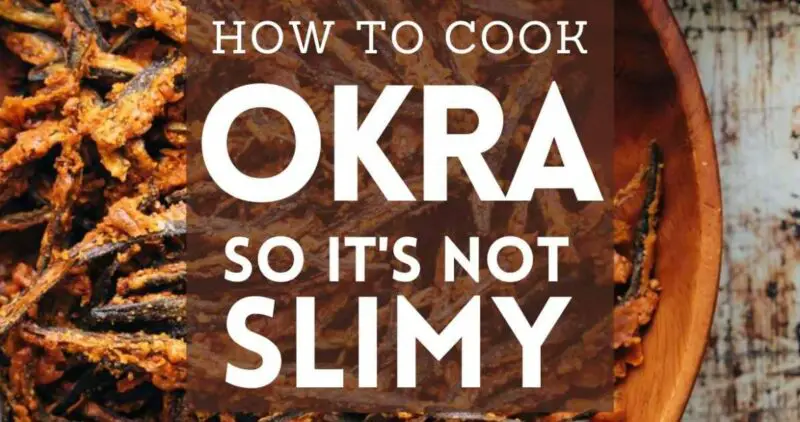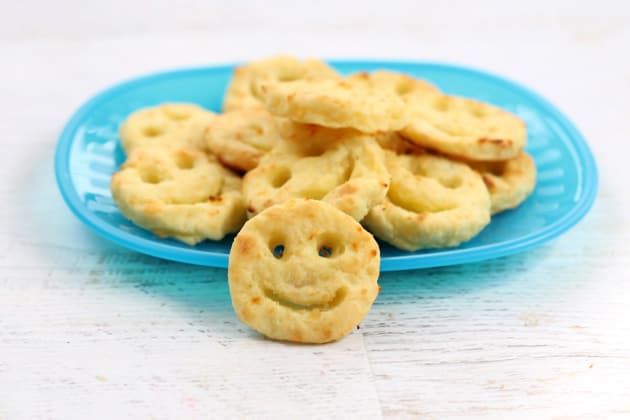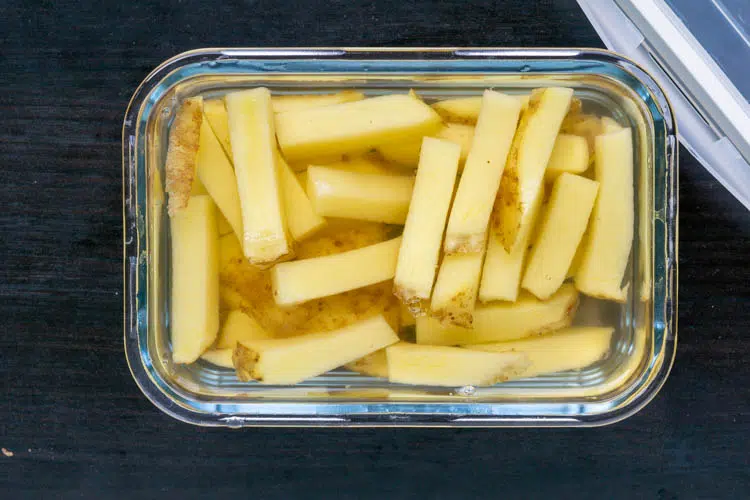Have you ever found yourself in a baking pinch, running out of parchment paper and wondering if you could use bond paper as an alternative? While bond paper may look similar to parchment paper, it’s not meant for use in the kitchen. In this article, we’ll talk about what bond paper is, how it differs from parchment paper, and whether it’s safe to use bond paper for baking.
## What is Bond Paper?
Bond paper is a high-quality writing or printing paper frequently used in offices, schools, and homes. It is often printed in plain white or light colors like blue or gray that give off a professional impression when inked upon. Bond paper is designed for various printing devices such as inkjet printers, photocopiers, fax machines, and offset printers.
### Characteristics
Bond paper is known for its smoothness and stiffness compared to other types of writing paper. It is often thicker and has a higher weight than ordinary printing paper. There are two types of bond papers; Writing Bond Paper which comes in lower weights between 16 pounds and 24 pounds, making it suitable for fine printing tasks such as letterheads, and Business Bond Paper which comes in heavier weights ranging from 20 pounds to 36 pounds. This type of bond paper is used for forms, resumes, brochures, and reports that need to look professional.
## What is Parchment Paper?
Parchment paper comes in rolls or sheets typically found in kitchen supply stores. The parchment texture creates a non-stick surface on baking pans when used for baking.
### Characteristics
Parchment paper features a slightly glossy coating on one side of the sheet that provides a non-stick surface for baked goods without requiring additional butter or grease. It has three types; single-use rolls, pre-cut sheets, and silicone-coated parchment papers.
## Differences between Bond Paper and Parchment Paper
Bond paper and Parchment papers differ in their chemical composition and intended use.
### Chemical Composition
Bond paper is made from wood pulp fibers, and may contain aldehydes and bleach or chlorine to whiten or brighten paper. It is not heat resistant and can ignite a fire when exposed to high temperatures. Parchment paper, on the other hand, is a high-density, non-stick cooking material made from wood pulp treated with an acid to break the fibers. As a result, when exposed to high temperatures during baking, the paper does not burn and does not transfer any chemicals to the food. Parchment paper is coated with silicone or quilon for non-stick capability needed for baking.
### Intended Use
Bond paper is used for writing forms, resumes, brochures, and reports that need to look professional while parchment papers are meant for lining baking pans, rolling out dough, making candy and baking foods en papillote.
## Can You Use Bond Paper for Baking?
In essence, using bond paper for baking is dangerous. It poses risks of chemicals leaching into food when exposed to high temperatures.
### Risks Associated with Using Bond Paper for Baking
Using bond paper in baking poses problems such as:
– Bond paper may contain toxic substances such as Bisphenol-A (BPA), Bisphenol-S (BPS), Formaldehyde, Chlorine, Toluene and Acetone which may cause hormonal imbalances when consumed leading to menstrual irregularities, breast cancer, prostate cancer, and other health issues.
– Bond paper may be flammable. It is not heat-resistant and can ignite a fire when exposed to high temperatures.
– Bond paper does not offer non-stick capabilities. Without the non-stick surface provided by parchment paper or silicone mats, baked goods can stick or burn while baking.
### Chemicals that May Be Present in Bond Paper
Bond papers often contain various chemicals that pose risks to food safety. Some of the chemicals are Bisphenol-A (BPA), bisphenol-S (BPS), formaldehyde, chlorine, toluene, and acetone.
## Alternatives to Using Bond Paper for Baking
Fortunately, there are plenty of safer alternatives to using bond paper while baking.
### Parchment Paper
Parchment paper is heat-resistant and chemical-free. It is perfect for lining baking pans when preparing baked goods such as cookies, cakes, and brownies. This non-stick surface eliminates the need for greasing or buttering the pan before baking.
### Silicone Mats
Silicone mats work similarly to parchment paper; they stand up at high temperatures and act as a non-stick surface for baking various goodies such as cakes, salmon en papillote, candy, or chocolates. Unlike parchment paper, silicone mats can be reused multiple times before needing replacement. They are easy to clean; some can even be popped into the dishwasher.
### Wax-Paper Wraps
Wax-paper wraps work well for quick releases during baking but is by no means ideal for high heat applications such as broiling or roasting vegetables.
## How to Use Parchment and Silicone Mats in Baking
Using parchment paper or silicone mats ensures that your baked goods remain intact and free from sticking onto your baking sheet. Here’s how to use them:
### Using Parchment Paper
1. Preheat your oven as directed by your recipe.
2. Cut a piece of parchment paper to fit the size of your baking sheet.
3. Line your baking sheet with parchment paper.
4. Place your cookie dough or batter on the parchment-lined sheet
5. Bake according to the recipe instructions +5 minutes.
### Using Silicone Mats
1. Preheat oven as directed by your recipe.
2. Make sure the silicone mat fits snugly inside your baking sheet.
3. Place your baking sheet on top of the silicone mat.
4. Place cookie dough or batter on the silicone mat, following the recipe instructions.
5. Bake according to the recipe instructions +5 minutes.
## Safety Tips When Using Parchment or Silicone Mats for Baking
Here are some safety tips when using parchment or silicone mats while baking:
– Never expose silicone mats or parchment paper to open flames or exposed electric coils.
– Always read label instructions before use.
– Do not use Sharp utensils on silicone mats as they can cause damage to the surface.
– Clean both materials with soap and water.
## Where to Buy Parchment or Silicone Mats for Baking
You can buy parchment paper at Amazon, Walmart, and Target stores. You can purchase silicone mats from Amazon, Bed Bath & Beyond, and kitchen supply stores near you.
In conclusion, bond paper should not be used for baking, as it poses several risks to your health and your kitchen appliances’ safety. Stick to parchment paper and silicone mats, which are heat-resistant and chemical-free for all your cooking needs. By understanding the difference between bond paper and parchment papers, you can make well-informed decisions that will keep you and your loved ones safe during food preparation processes.
Is bond paper safe to use for baking purposes?
Bond paper is not designed for use in cooking or baking. It is made using chemicals that are not food-safe and may transfer undesirable elements onto your food, posing a potential health risk. Therefore, it is advisable to avoid using bond paper for any food-related tasks.
What kind of paper can I use for baking instead of bond paper?
To ensure the safety of your food, it’s best to use parchment paper or wax paper when baking. These papers are specifically designed for use in cooking or baking and do not have any harmful chemicals that might react with your food.
Can I use bond paper at high temperatures?
It is not recommended to use bond paper at high temperatures since it can easily catch fire and put you and your kitchen in danger. Be sure to follow the recommended temperatures indicated by the recipe you’re following and opt for papers designed for cooking if that is what is required.
What are the possible health implications of using bond paper while baking?
Bond paper has potentially harmful chemicals that could easily leach into your food during baking. This process could cause digestive issues or even long-term health problems. That’s why it’s crucial to substitute bond paper with designated cooking parchment or waxed paper when preparing foodstuff in the oven.
